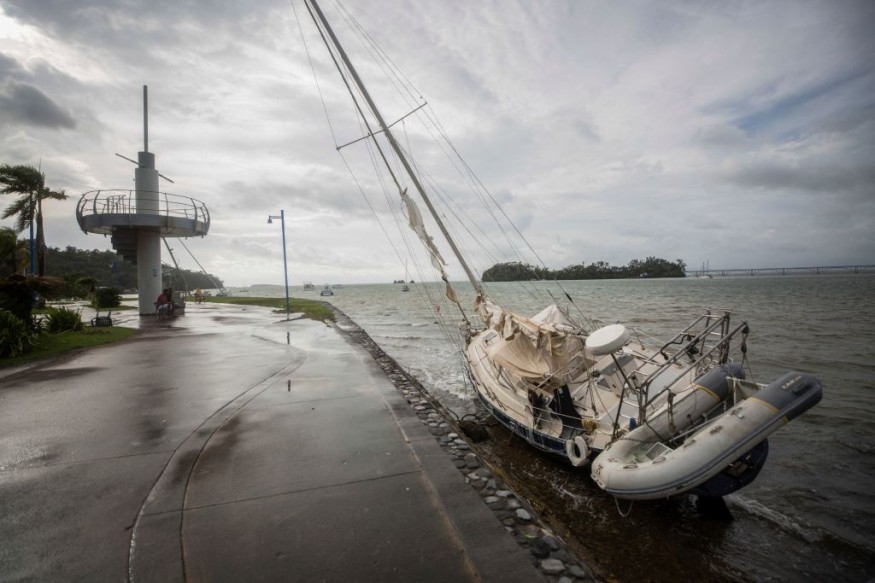Post-Tropical Cyclone Fiona, previously called Hurricane Fiona, caused widespread damage and disruption with heavy rain, flooding, and high winds across the Atlantic Canada coast.
The storm struck Eastern Canada when it made landfall in the Canadian province of Nova Scotia in the early hours of Saturday, September 24, causing large waves along the shores of the Eastern Passage municipality.
Prior to landfall, meteorologists have reportedly predicted the hurricane's impact could be a historic event for Canada being compared to other storms, including Superstorm Sandy in 2012, which affected 24 states and the Eastern Seaboard.
In spite of weakening on Friday, September 23, Fiona was still capable of causing storm surges, torrential rain, and severe wind, which accounts for the massive destruction.
Last week, Fiona was responsible for killing 16 people in Puerto Rico and several others in the Caribbean region, including the Dominican Republic and Guadeloupe.
The post-tropical cyclone also left thousands of people without electricity or running water.
Reports said the death toll could increase as emergency personnel continue to gain access to hard-hit areas ravaged by Fiona when it came on September 18.
After a relatively quiet August amid the Atlantic hurricane season, Fiona is only one of unnamed storms and hurricanes that formed in the region between the Caribbean Sea and the Atlantic Ocean.
These systems passed through the region and did not make any landfall in the United States Atlantic coast.
However, the intensity of hurricane-force winds has caused storm surges affecting coastlines.
Path of Destruction

Multiple sources showed that Fiona downed trees on Saturday, including in Halifax, Nova Scotia.
Residents of Shediac, New Brunswick, also suffered from floodwaters after Fiona passed the region.
A sailboat also washed ashore due to the powerful winds and storm surges.
Local authorities in the city of Bathurst issued a warning to residents due to hazardous conditions like coastal flooding or coastal erosion from storm surges in the area.
In Shediac, damaged roads became inaccessible and some routes were temporarily closed.
On Friday, Chris Fogarty, the manager for the Canadian hurricane Centre, stated that Fiona's arrival could be a landmark event for Canada when it comes to the intensity of a tropical cyclone.
Fogarty added that it could also become Canada's version of Superstorm Sandy, as cited by CNN.
Sandy, categorized as a Category 3 Hurricane, caused an estimated damage of $78.8 billion and approximately 233 fatalities.
Also Read : Atlantic Canada Braces for Hurricane Fiona
Power Outages
Post-Tropical Storm Fiona caused large-scale power outages, affecting not only residential and commercial establishments but also traffic lights.
In New Brunswick, its Emergency Measures Organization (EMO) has urged the public to avoid traveling to storm-damaged areas.
This comes after Fiona lashed out over Atlantic Canada and eastern Quebec, leaving hundreds of thousands of households without running electricity, according to the Canadian Broadcasting Corporation (CBC).
Post-Tropical Cyclone Fiona
According to the National Hurricane Center (NHC), Post-Tropical Cyclone Fiona can still bring "tropical-storm-force winds" as it navigated northward over Atlantic Canada.
Its expected exit in the country could occur between at 8:00 p.m. on Sunday, September 25, and 8:00 a.m. local time on Monday, September 26.
Related Article: Hurricane Fiona Will Make a Direct Impact in Eastern Canada
© 2025 NatureWorldNews.com All rights reserved. Do not reproduce without permission.





